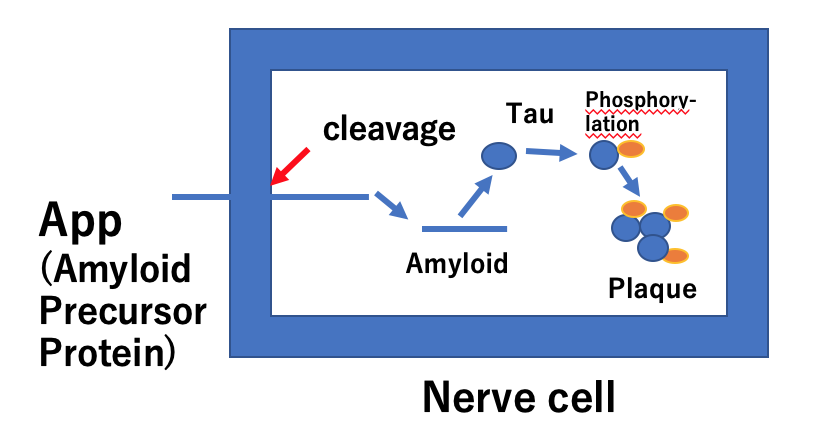
Daily walking can prevent Alzheimer’s disease.
While we recently recommended engaging in art and music to prevent brain aging (Topics, October 20th), recent research findings indicate that actively maintaining daily walking can also have positive effects.

Fig. 5000-7500 steps of dairy walking can prevent suffering Alzheimer ‘s disease.
Dr. W.W. Yau and colleagues recently published a research paper based on the results of a large-scale study examining the relationship between daily walking and Alzheimer’s disease, a type of senile dementia that causes declines in memory and thinking ability. (Physical activity as a modifiable risk factor in preclinical Alzheimer’s disease, W.W. Yau, et al. Nature medicine (2025) December 4 issue) In the United States, 296 subjects aged around 70 who did not have Alzheimer’s disease were monitored over a period of approximately 10 years. The researchers measured daily walking volume (measured using a pedometer) and the levels of beta-amyloid and tau proteins in the brain, which change with Alzheimer’s disease, and examined the correlation between the onset of dementia and daily walking volume, along with the results of cognitive function tests. The results showed that people who walk 5,000 to 7,500 steps per day had less accumulation of beta-amyloid and tau protein within brain nerve cells, a prerequisite for developing Alzheimer’s disease, than those who walked less, suggesting that daily walking can be a preventative measure against Alzheimer’s disease.
Let’s take a look at what is known about Alzheimer’s disease and beta-amyloid and tau proteins. Amyloid proteins exist bound to the membranes of most cells and are more accurately called amyloid precursor proteins (APP for short). Their function is to receive signals from outside the cell in the membrane and they are involved in the maintenance of healthy nerve cells. The part that protrudes from the cell membrane to the intracellular surface is cleaved by a protein-cutting enzyme secretase and is then further cleaved by another secreatse and discarded in two stages over time, maintaining nerve cell homeostasis. It is believed to be involved in the maintenance of nerve cells both before and after cleavage. However, if for some reason the activity of the second-stage cleavage enzyme, beta-secretase, slows down (perhaps due to aging?), cleavage ceases, and the remaining fragments of the first-stage cleavage by gamma-secretase accumulate, forming a protein called beta-amyloid protein. This accumulation then leads to cause the phosphorylation (receiving phosphate from ATP) of tau protein, a protein that originally functions in cell adhesion and maintaining skeletal structure inside and outside of cells, resulting in its accumulation. The phosphorylated tau protein forms clumps (plaques) within the cell, leading to the death of neurons. This leads to the onset of Alzheimer’s disease.

Fig. Accumulation of amyloid and phosphorylated tau proteins causes Arzheimer’s disease.
How moderate exercise can prevent this process remains unclear. However, it is thought that the increased blood flow in the brain caused by exercise suppresses this process. Increased blood flow also activates immune system cells, killing two birds with one stone. In conclusion, this study indicates that walking 5,000 to 7,500 steps daily is sufficient to increase blood flow to the brain. It’s not a difficult proposition to implement.
